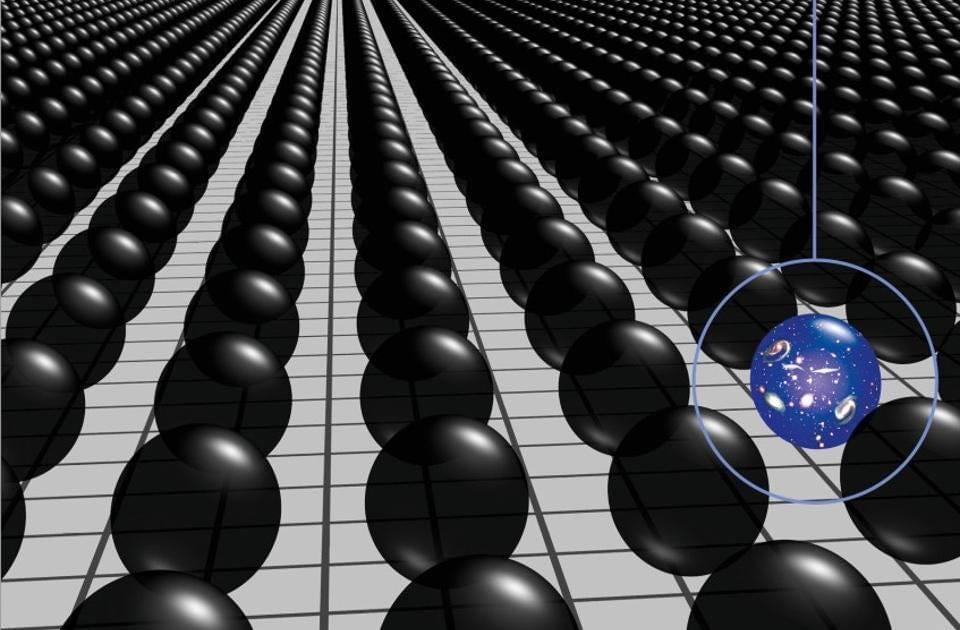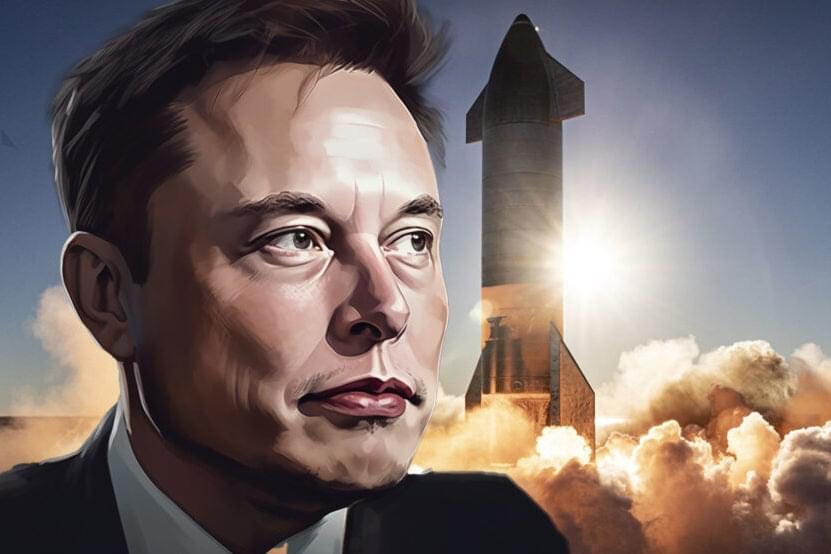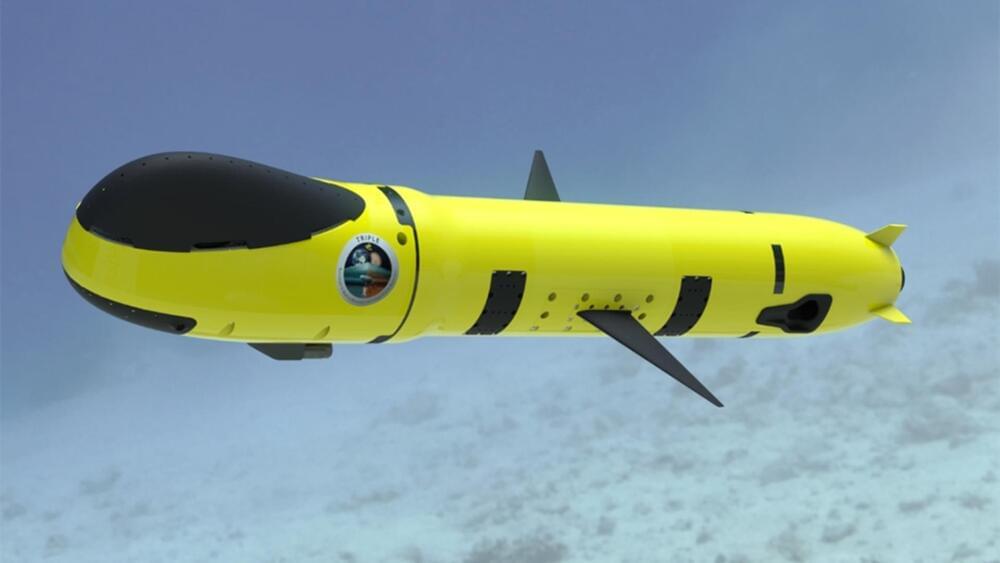Self-driving car startup Wayve can now interrogate its vehicles, asking them questions about their driving decisions—and getting answers back. The idea is to use the same tech behind ChatGPT to help train driverless cars.
The company combined its existing self-driving software with a large language model, creating a hybrid model it calls LINGO-1. LINGO-1 synchs up video data and driving data (the actions that the cars take second by second) with natural-language descriptions that capture what the car sees and what it does.







